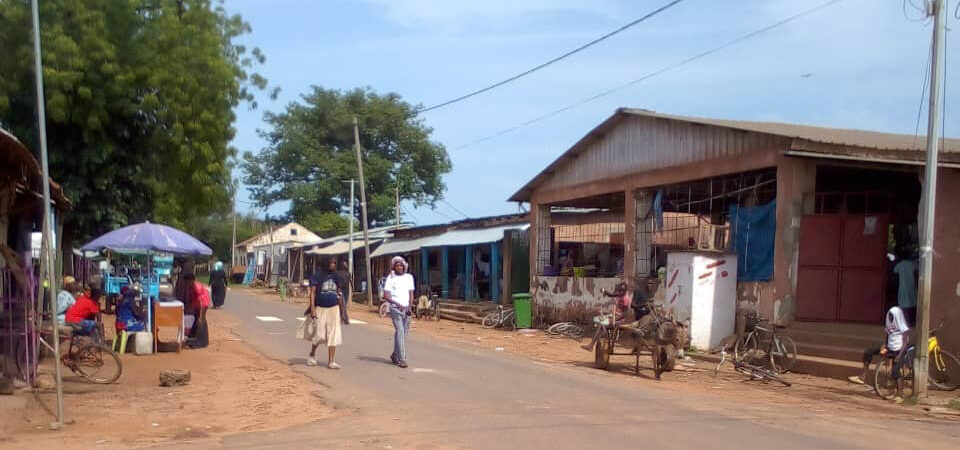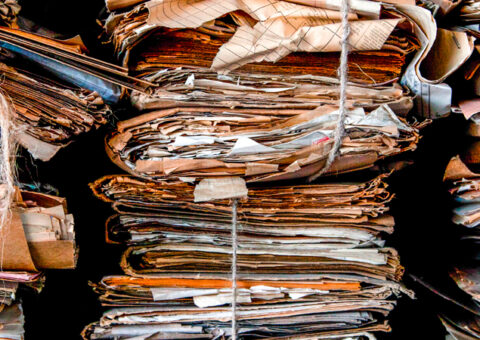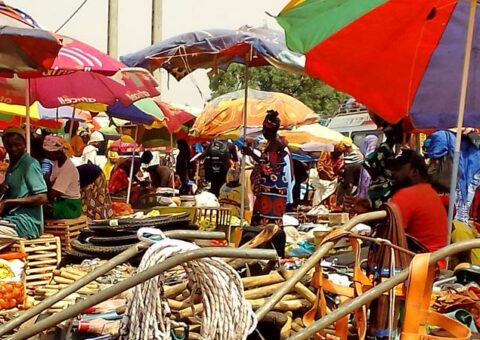Janjanbureh is an island town on a near-pristine stretch of the river, deep in rural Gambia. It combines a vibrant local culture with a sense of pride about its place in colonial history. It is surrounded by outstanding nature and traditional villages little changed by outside influence.
After years of under-development, Janjanbureh is re-inventing itself as an ecotourism hub for the Central and Upper River Regions of The Gambia. Because it is not yet on the backpacker radar, travellers have an opportunity to discover amazing opportunities for wildlife spotting, kayaking, cycling, hiking, historical tours, cultural experiences, and just soaking up the friendly, laid-back vibe. Local expert Dave Adams shows off the highlights.

Upon Arrival
After a visitor arrives in my town, I always recommend going straight to Bendula Bar and Restaurant because the drinks are always cold and charged at local prices. Bakary, the owner, is a local institution, and this is a great place to meet a fascinating cross-section of the community. The food is always good, but order before you are hungry because the food will be bought and cooked to order.
The best time to be here is during the Christmas and New Year holidays. That’s when the tourism season is highest, the climate is nicest, and the local people get together to enjoy the holidays.
I tell first time visitors to arrive by public transport. It can be a bit hot and dusty, but it’s a great experience, and if you like to chat, you will definitely make some new friends along the way. I also tell them to avoid travelling at night. The roads can be unpredictable at the best of times, but at night you are taking your life in your hands!
People here know better than to try to exploit visitors for a short-term gain. Instead, they would rather treat guests like their own family and hope to make a long-term friendship.
The best museum to start your journey and get a good sense of this town is UNESCO’s Kankurang Centre because the masquerade culture that it showcases is still an important aspect of daily life for people of the town. Also visit Tinyansita, which is adjacent to the Kankurang Centre. This is where circumcision ceremonies still take place.
Parents should take their kids on a boat trip to the River Gambia National Park to see the chimpanzees because this is one of the few places where chimps can be seen and photographed so well in the wild. For visitors with more time, it is also possible to spend a day with the local non-governmental organisation, Communities for Red Colobus, viewing and learning more about the endangered primates of the area.
Food from the Heart
Among the food my town is most proud of, domoda (meat or vegetables cooked in a rich, spicy peanut sauce) is an absolute must. I like to go to a friend’s family compound to really enjoy it. Local restaurant food is cooked with local budgets in mind, so you can’t expect a big pile of meat and vegetables for a meal that costs less than a euro. However, if you contribute to the daily budget for a local family, you will eat well and so will they.
When we get together to celebrate, palm wine is what people traditionally drink. I like to gather my friends and go to the Wasulung area, where the palm wine tappers live for a round. Palm wine is the sap of certain palm trees. Harvested fresh in the morning, it’s full of healthy vitamins and tastes like a very sweet fruit juice, but as the day goes on, it naturally ferments to take on a strong alcoholic kick.
When I eat completely local, I will go to Kumba’s Restaurant, located just behind the Youth Centre. I know that the food here is always fresh and made with local ingredients. Kumba serves a different dish each day, and portions are generous so I never leave hungry.
Another two iconic restaurants include Khady’s Nyangkatang shack for a classic Gambian breakfast of rice and smoked fish with peanut, and Asokoyo, also known as Ishmaela’s. Open early six days a week, Ishmaela sells simple breakfasts in the morning and great chicken and chips in the evening.
The part of town where locals come for traditional food is around the ferry terminal. From early until dark, sellers offer a variety of breakfasts, lunches, snacks, fruit, and delicious local iced juices.
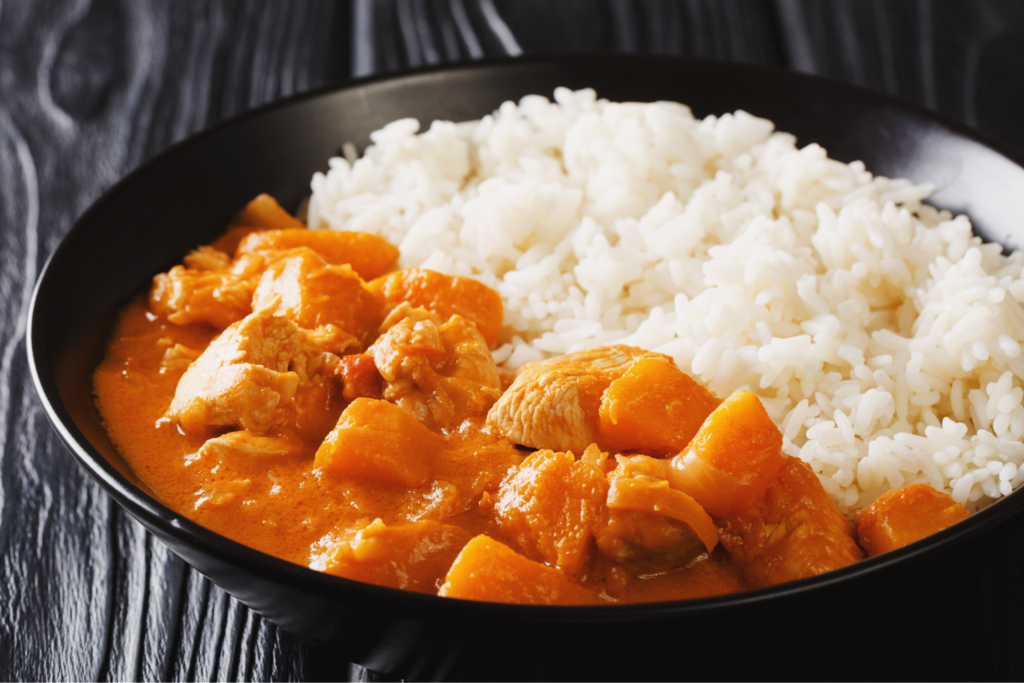
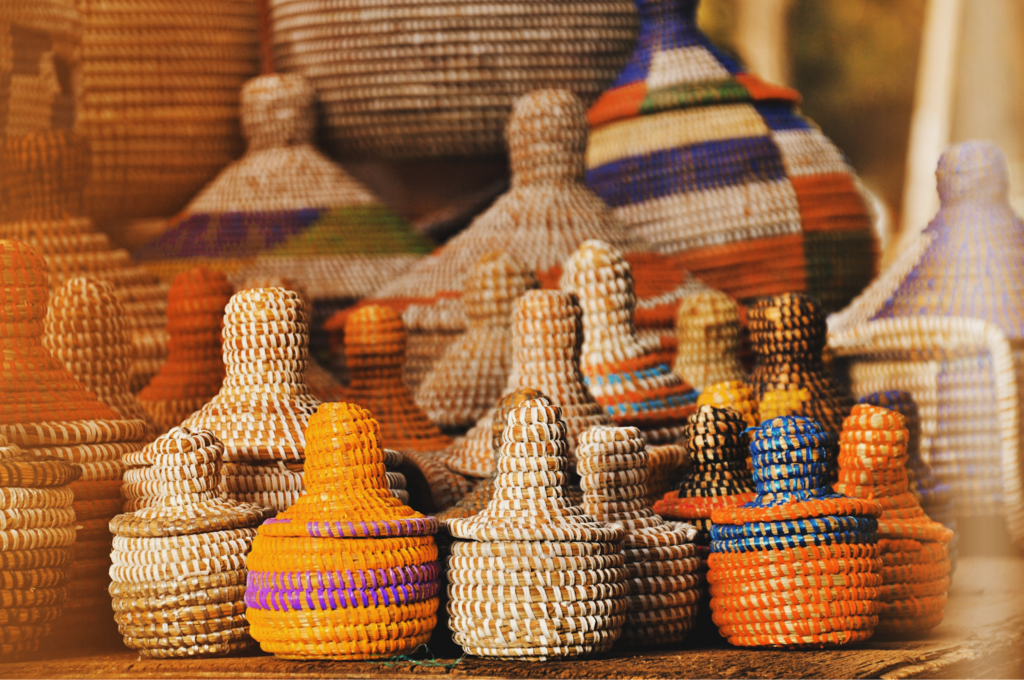
Shopping Locally
My town is known for making tie-dye products, batik, and traditional soaps, but recently some of our craftspeople have also been innovating with recycling.
I always take visitors to the Janjanbureh, Jamali, and Tabanani Women Crafters Association to buy real local souvenirs. The products are typically Gambian and the vibe is very natural, as most of the producers have little experience in tourism. The association also offers workshops in crafting; it can be contacted through the Janjanbureh Youth Centre. Shopping here, we know that we are avoiding high prices and exploitative practices because the products are coming directly from the producers.
There is only one market in Janjanbureh. It is a colourful, bustling place in the morning, selling a variety of fresh food, breakfast, and everyday items, but closes by around 1:00 p.m.
Getting Deeper Into Janjanbureh
A great book to learn more about my town is “Janjanbureh – A History of an Island Community 1800 –Present” by Foday Manka (2015). Written by our former National Assembly member and renowned historian, it documents the story of our town since it was first permanently settled.
Another fascinating read is Mungo Park’s “Travels in the Interior Districts of Africa.” Based on his two epic expeditions in 1795 and 1805, these diaries set the context for colonial Gambia in the years just before the British bought the island from the local king.
Most people know about the River Gambia National Park and UNESCO’s Wassu Stone Circles, but the villages to the east of Janjanbureh should also be visited because these areas offer eco-tourists the chance to get off the beaten track. These places lack the infrastructure for mass tourism, but the local people are delighted to host adventurous travellers in their own homes. Guests are treated to an authentic African experience while the community benefits from exposure to new ideas and a share in The Gambia’s tourism revenue.
My town is a place people are attracted to because of its vibrant local culture, rich colonial history, beautiful unspoiled river, and unrivalled wildlife spotting opportunities. Bird watchers come for the huge diversity of species and fishermen come to test themselves against the famous African tigerfish.
To really celebrate my town at its best, come during the annual Kankurang Festival. That’s when our sleepy town bursts into life, with performers from all over West Africa showcasing the masquerade culture. The festival attracts foreign visitors and Gambians alike. The community are great hosts, and the lodges and bars are full of people enjoying the event. Book your accommodation early.
Most people think of my town as a place to stop for one night while visiting the River Gambia National Park, but really this is a destination to slow down and spend a week or two. The lodges are good value, the wildlife is all around, there’s plenty to keep active travellers busy, and the longer you stay, the closer the friendships you will make.
This is one of the best places in the world to experience wildlife and wildlife photography. Locals are proud of that because they have a deep connection to the land and nature, and because they are always happy when visitors have a great experience in their town.
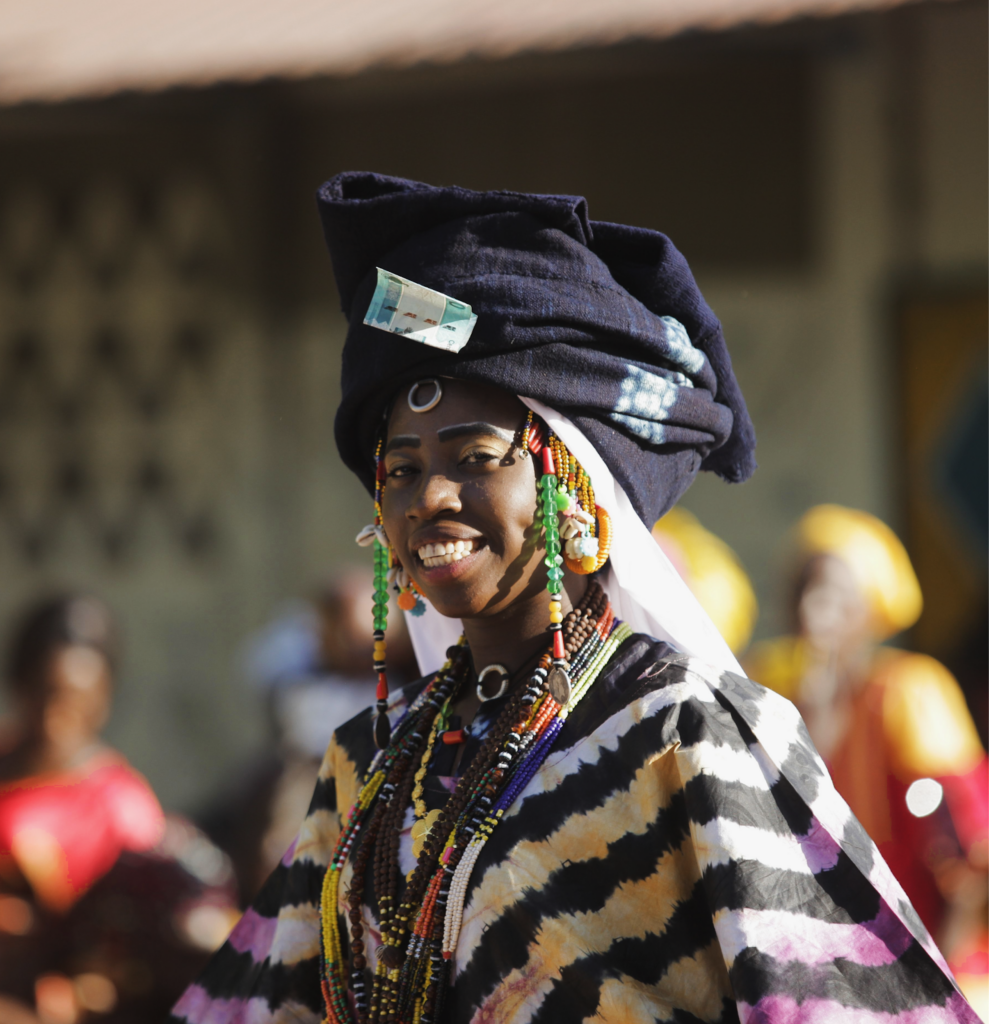

Getting Around Janjanbureh
One thing that you should know about getting around my town is that distances are very short, so you won’t need a vehicle once you are here. Everywhere in town is within a 15-minute walk, although bear in mind that walking in the day can be hot.
The best way to travel in my town to have as little impact as possible is by bicycle. The roads in town are good, and there are miles of bush tracks to explore.
Luckily this method of transport also allows me to get off the island and into the surrounding villages.
Outside the Town
To get away and into the outdoors, I like to take a kayak on the river to Kunkiling Forest Park or Manna Sandbanks. The river is very under-used, and you are more likely to meet a hippo than another person.
For a day trip just beyond my town, I like to visit the UNESCO World Heritage site of Wassu Stone Circles. These mysterious monoliths are set in a beautiful African landscape. If you visit on a Monday, you can also shop at the lumo (weekly provincial market). Stalls throng the street, and buyers and sellers from all the surrounding villages, mostly in their brightly colored traditional dress, trade in all manner of items from agricultural products and livestock to flat-screen TVs and solar electric systems.
I really enjoy the view of my town from Sankulay Kunda hill. About 4km south of the island, the hill behind Sankulay Kunda village offers great views over the flat surroundings with the river winding off into the distance. If you are lucky, you might see baboons, monkeys, and even bushpig roaming the plains below.
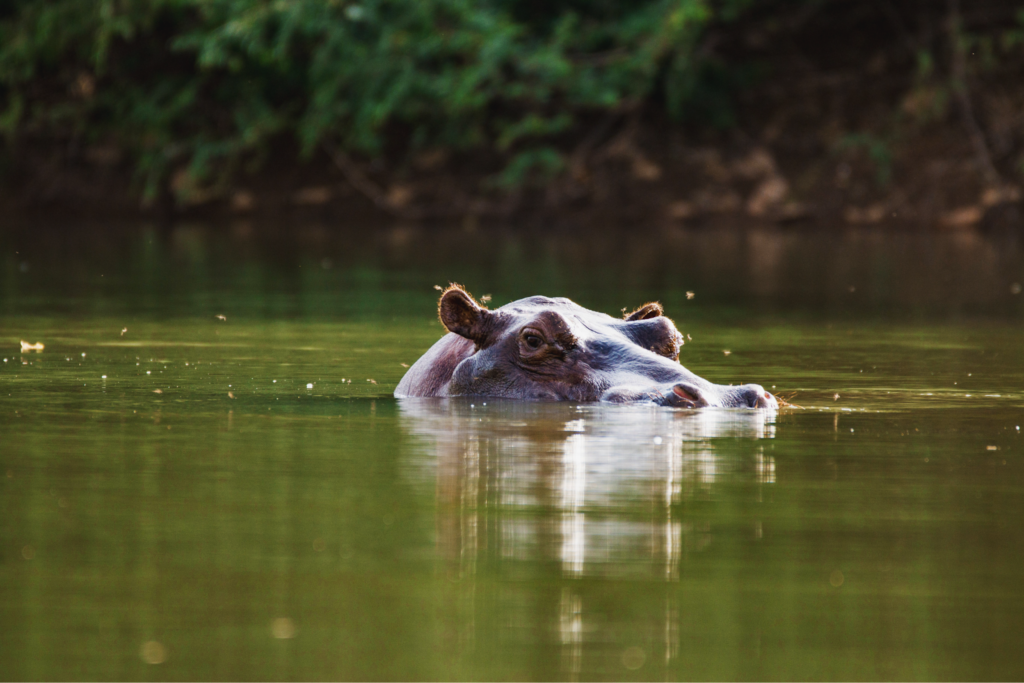
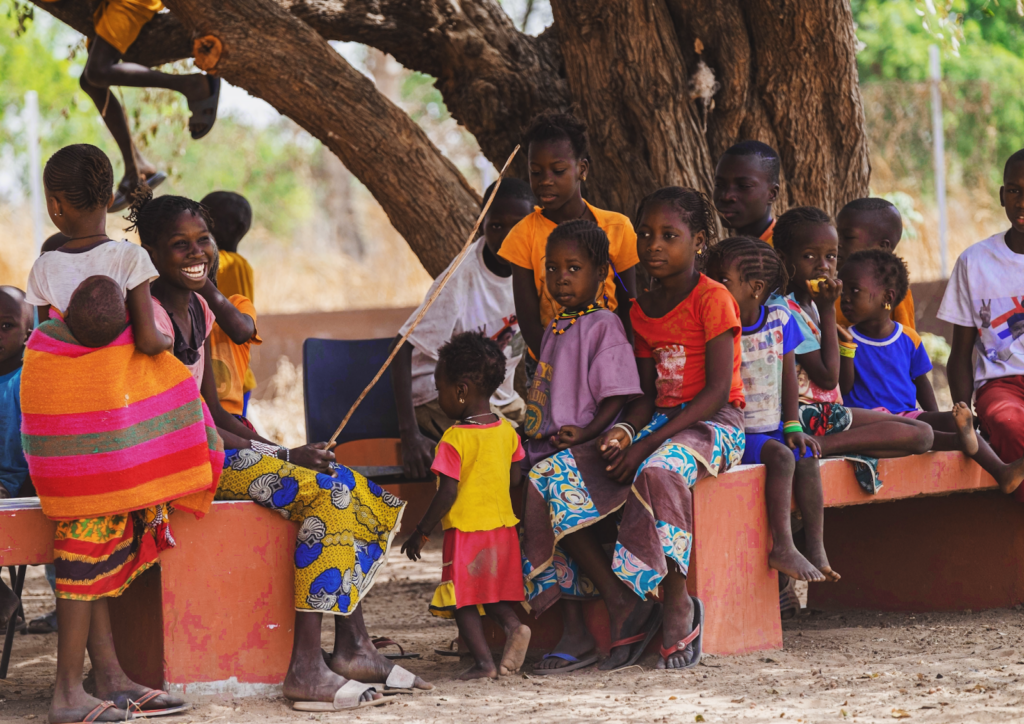
Connecting with Locals
When I want to have fun and celebrate being out in my town, I visit one of the three bars in town, to see where the party is happening. They all have a local vibe and a friendly welcome.
To hang out with friends and go to a real insider spot, I go to Happy Corner or Early Bird, where I know the vibe is quiet and we can enjoy the peaceful surroundings.
The best resource for finding out what’s going on around town is the Janjanbureh Youth Centre, which is managed by young people from the town. There is a tourism information office, which sells a few craft items and offers advice on local events and activities.
When I want to enjoy my town without spending much (or any) money, I take a fishing rod to one of the many riverside hideouts and try my luck. Even if you don’t catch lunch, you can relax in beautiful nature, swim in the river, and hope to see some of the island’s wildlife.
There are no full-time music venues in my town, but visiting artists often play at the old Cinema Hall. Shows always start after midnight — sometimes as late as two or three in the morning — continue to the early hours. If we really feel like music and dancing, we often break out the drums and make our own entertainment.
Finding Solitude in Janjanbureh
When I want to go somewhere to sit and meditate about my incredible town, I am spoiled with choice. Any direction you walk from the town takes you into the forest, and there are plenty of places to sit by the river under the shade of a big tree.
If I was to choose one place that makes me most proud of my town, it would have to be the Freedom Tree Triangle because it shows my town has been a place of liberation for freed slaves rather than a place of slavery, as it is often wrongly described.
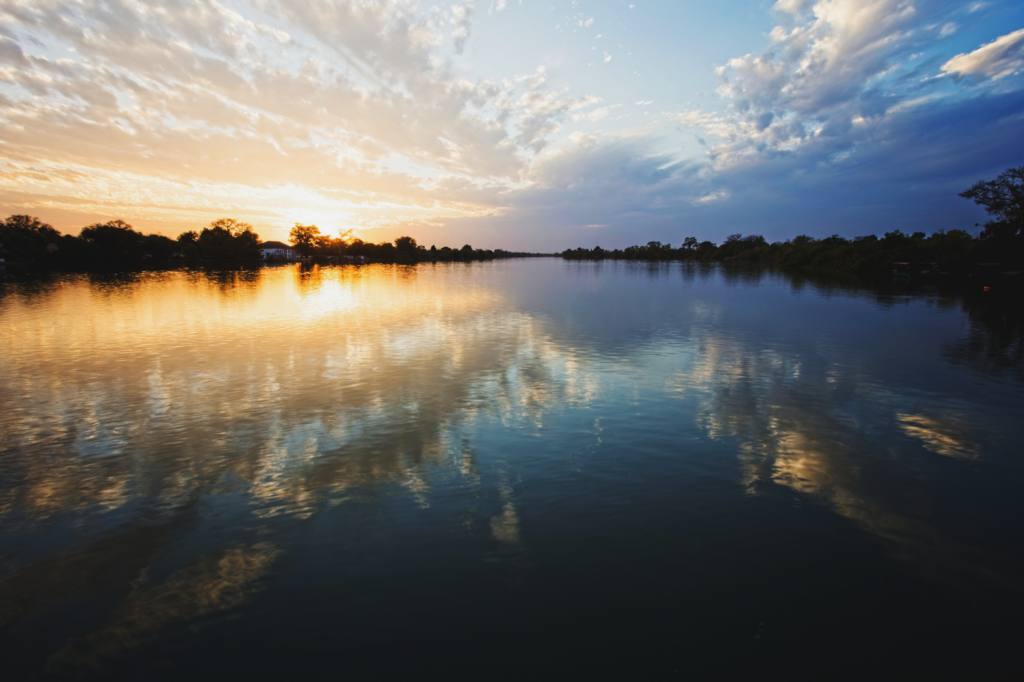
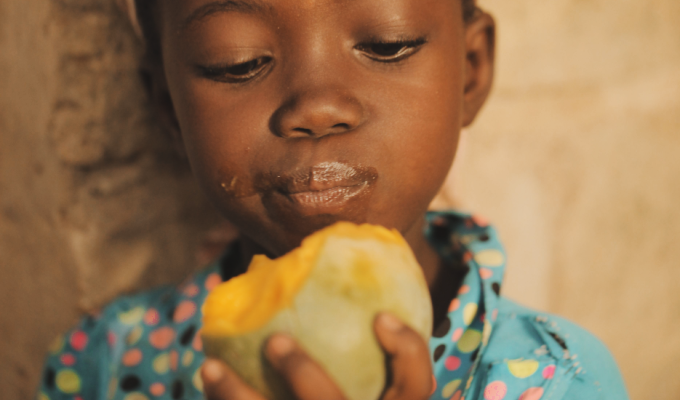
When the Seasons Change, The Town Shines
The cold season (November-February) is the best time to visit and is the height of the tourist season. Temperatures drop as low as 17C at night, and sleeping is comfortable even without a fan.
Hot season (March-June) is a time when it’s good to be most active early in the morning and later in the evening. During the day, most people like to relax somewhere shady. Hot season is also mango season, so visitors can enjoy fresh, sweet mangoes straight from the tree — completely unlike the bland imitations found in European supermarkets.
Green season (July-October) is a beautiful time to visit. Birds take on their breeding plumage, and the once parched red soil explodes into a riot of colour. The rainfall is heavy but rarely lasts for long or causes much inconvenience. Bring long trousers and long-sleeved shirts for the evenings as there are more mosquitoes at this time of year.

